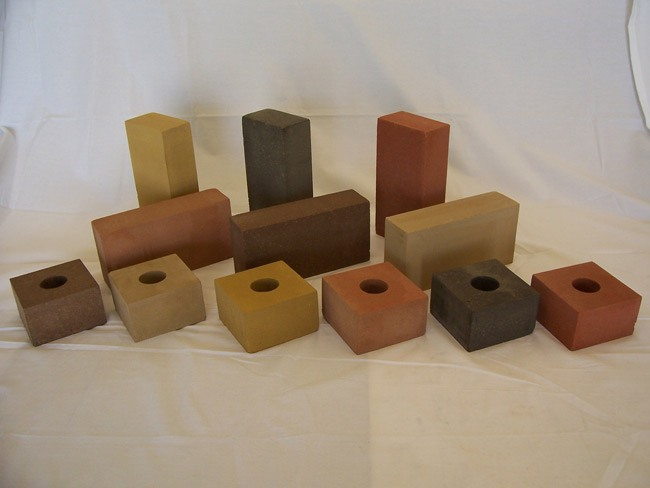'Green' Bricks Made from Clouds of Coal Smoke

There could be a silver lining to clouds of coal smoke. New research has shown that bricks made out of the ashes from coal fires are both structurally and environmentally solid. Their low price could make them an easy green choice.
Operators of coal-burning power plants are currently required to remove tiny floating debris, called fly ash, from their chimney exhaust. American plants collect around 70 million tons of fly ash, of which one third is recycled into road beds and building materials.
But in the past, bricks made from fly ash have not withstood freezing and thawing like normal clay bricks can.
"The fly-ash brick could not be used before this problem was solved," said Henry Liu, president of Freight Pipeline Company.
In 2004, Liu's company succeeded in making freeze-thaw resistant fly-ash bricks. And more recently, they showed that toxic mercury contained in the fly ash does not escape, as some people feared it might.
This means that fly-ash bricks could potentially replace clay bricks, which require 10 times more energy to be produced, Liu told LiveScience.
Where there's smoke
Get the world’s most fascinating discoveries delivered straight to your inbox.
Coal burning releases greenhouse gases as well as several pollutants, including fly ash, known to cause respiratory illnesses. Power plants prevent a lot of fly ash from reaching the atmosphere, but then they have to dispose of it.
"Coal ash is one of the largest solid waste streams in the United States and the world," said Roxanne Smith, spokesperson for the U.S. Environmental Protection Agency (EPA).
Instead of burying fly ash, many countries re-use it—especially in concrete where it can replace the binding strength of cement.
In India, some bricks are made with fly ash, but their durability is questionable, Liu said.
"Since a large area of India never freezes in winter, freeze-thaw resistance is not important there," he explained.
Just mix and serve
But winter does freeze in many parts of the U.S., so Liu devised a way to make more resistant bricks. The patented process involves applying pressure to a special mixture of fly ash in which millions of tiny air bubbles are trapped.
The amazing thing is that the bricks are made at room temperature, whereas normal clay bricks have to be fired in 2,000-degree Fahrenheit kilns.
The low temperature means less energy is required, which helps explain why fly ash bricks cost 20 percent less than clay ones.
Liu estimates 18 million tons of fly ash could supply the roughly 9 billion bricks that the U.S. goes through each year.
Non-toxic
There have been concerns over the amounts of heavy metals, such as mercury, in fly ash and whether this might cause health problems.
Surprisingly, Liu's group found that their bricks absorbed mercury from the air, rather than expelling it. They presented their results at the 2007 World of Coal Ash Conference in early May.
Other studies have found that recycled coal ash poses "insignificant risks to human health or the environment," Smith said. The EPA therefore recommends re-using fly ash.
But this does not legitimize burning coal in Liu's mind.
"I am not an advocate of coal-fired power plants," he said. But as long as they are a reality, "we must minimize the damage to the environment caused by such plants."
- Video: Goldilocks and the Greenhouse
- Quiz: What's Your Environmental Footprint?
- Timeline: The Frightening Future of Earth



